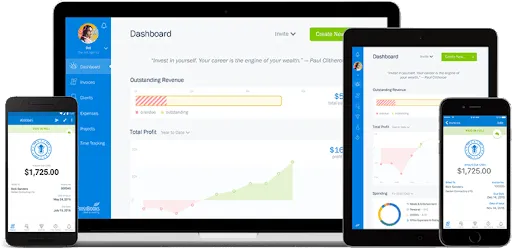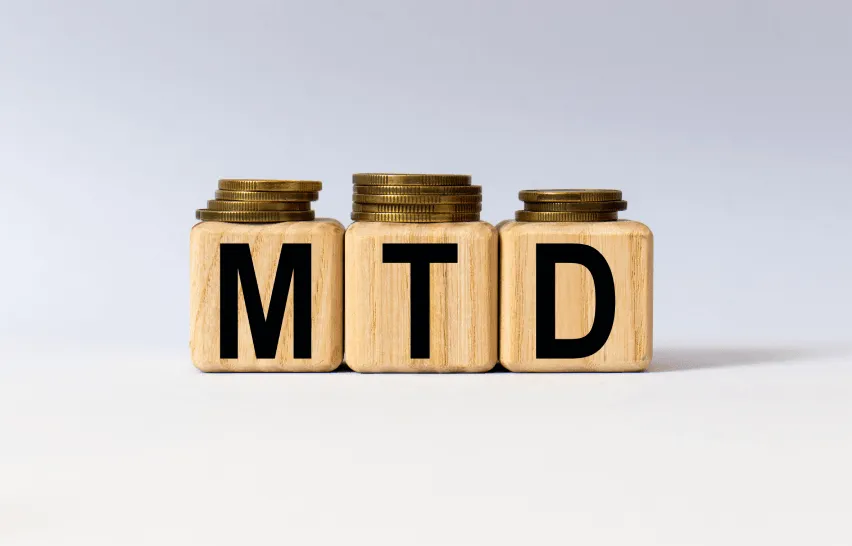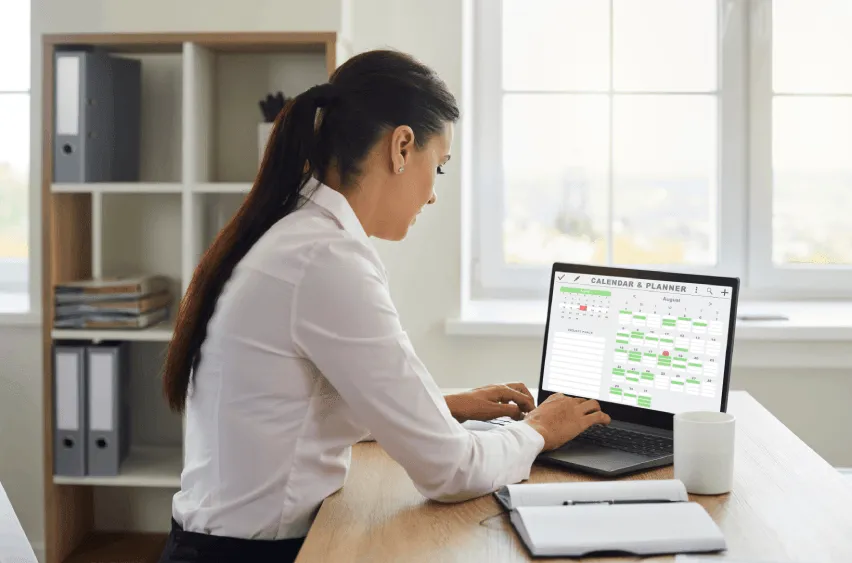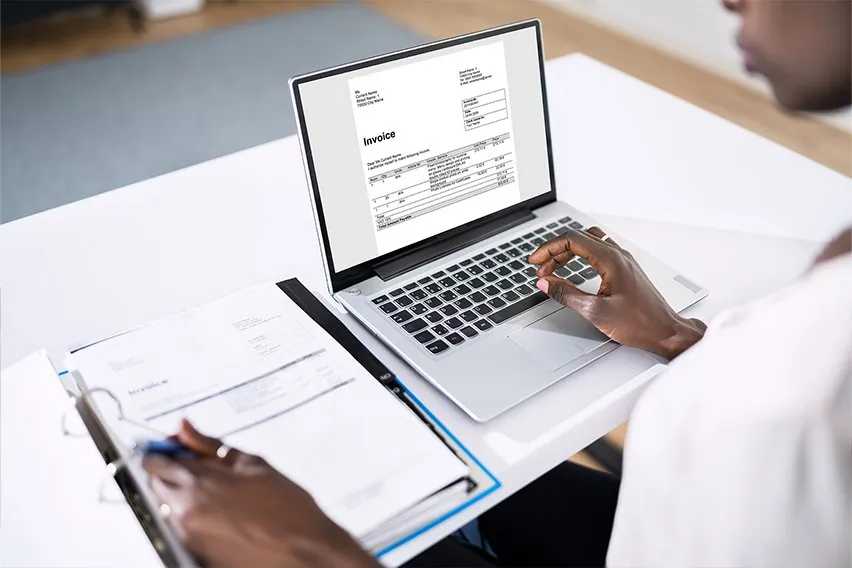Self-Assessment for Sole Trader: How to Prepare for MTD

In the United Kingdom, many freelancers and small businesses choose to operate as sole traders. They are individuals who own and operate their businesses on their own. This means they are wholly responsible for all business operations and personally liable for any debts or losses incurred. A sole proprietorship is an equivalent term in the United States and Canada.
As the UK government continues to expand its Making Tax Digital (MTD) program, you may have questions about how to do a self-assessment online. What are the implications for sole trader income tax accounting?
Key Takeaways
- MTD for ITSA requirements starts April 2026 for those earning over £50,000. Those earning between £30,000 and £50,000 are required to use MTD for ITSA starting April 2027.
- Affected individuals will need to keep accurate digital records, submit quarterly updates, and send an end-of-period statement (EOPS) for income tax as part of the new system.
- MTD for ITSA replaces traditional self-employment income tax reporting for people who are part of the new system.
- MTD-compatible software, like FreshBooks accounting software, is the easiest way to comply with the new requirements.
Here’s what we’ll cover:
How Things Will Change With Making Tax Digital for Income Tax
What You Will Need to Submit a Self-Assessment
How Sole Traders Can Prepare For 2026/2027
What Is Self-Assessment?
Traditionally, self-employed individuals in the UK, including people earning rental income, submit their returns annually. This is how they report their business income and capital gains to His Majesty’s Revenue and Customs (HMRC).
As its name indicates, a self-assessment tax return describes when the individual assesses their income tax and National Insurance contributions themselves. Unlike traditional employment, the income you earn from self-employment is not taxed at the source. This form calculates the correct income tax bill, accounting for income, dividends, capital gains and expenses not yet reported.
These individuals must register with HMRC for a Unique Taxpayer Reference (UTR) number. They can then submit their annual return to HMRC online or through the post with a paper return form. With FreshBooks you can directly connect your FreshBooks account to HMRC as FreshBooks is MTD compliant.
How Things Will Change With Making Tax Digital For Income Tax
Just as Making Tax Digital for VAT fully replaced value-added tax reporting in 2022, MTD for Income Tax will start replacing the traditional tax return for affected business owners in April 2026. Not everyone will be impacted immediately, as the UK government plans on rolling out the program in phases.
- April 2026: Affected individuals with annual income over £50,000 must register for MTD for Income Tax Self-Assessment (ITSA).
- April 2027: Affected individuals with an annual income between £30,000 and £50,000 are mandated to join MTD for ITSA.
- TBD: The government is assessing the needs of smaller businesses with income below the £30,000 minimum before further expanding the MTD for ITSA program to these individuals.
Once MTD for ITSA is in place, sole traders will need to keep digital records of their business finances for all tax years. It is likely that since MTD for VAT requires specific accounting software, MTD for ITSA will have similar record-keeping and report-submitting requirements. Another major difference is that you will need to file quarterly updates to HMRC. The timing of tax payments, due January 31 for the previous tax year, remains the same.

What You Will Need To Submit A Self-Assessment
There are three main requirements under the new MTD for ITSA program.
- Electronic accounting records: Affected business owners are required to maintain accurate digital records of all business income and expenses. Records can be kept using accounting software or with a spreadsheet.
- Quarterly reports: A new requirement as part of the program, quarterly updates sent to HMRC summarise your income and expenses for the period. The update is submitted using MTD-compliant software on February 5, May 5, August 5, and November 5 each tax year.
- End-of-period statement (EOPS): Similar to existing ITSA tax returns, you will need to file a final annual declaration after the tax year to reconcile adjustments and finalise taxes for the period. You are required to submit a separate EOPS for each trade or business. Like the quarterly updates, you also submit the EOPS with MTD-compatible software.
It is good practice to keep up-to-date accounting records, as HMRC could request them to verify at any time. With FreshBooks accounting software, users can easily keep track of all their income and expenses, linking directly to business bank accounts. This way, you don’t have to reconcile with bank statements for every transaction. You’ll have everything you need for your self-assessment return at your fingertips. Click here to start your free trial.

How Sole Traders Can Prepare For 2026/2027
To prepare for the upcoming changes with MTD for ITSA, follow this Making Tax Digital checklist as a general guideline. These helpful tips can ensure you are ready for the new requirements so you don’t find yourself scrambling during the transition.
- Confirm requirements and rollout dates: The UK government had originally planned to introduce MTD for ITSA earlier, but it delayed the initial launch to 2026. Stay updated with new developments since dates and income thresholds may change. Only individuals with income above £50,000 are required to use MTD for ITSA starting April 2026, but that may change.
- Start using MTD-compatible software: Transition your existing accounting and bookkeeping system to approved MTD VAT software, like FreshBooks, for your digital records. This may involve migrating existing data and learning to use the new software.
- Align accounting periods: HMRC clearly defines dates for quarterly reports. This includes when each quarter starts and ends, as well as when the update is due each quarter. As you transition your accounting practices, align your reporting with these defined quarterly periods. It’s helpful to set up reminders for these due dates too.
- Ask for help: Seek the advice of a tax professional if you’re unsure about anything regarding the new requirements, like how it may impact your National Insurance payments. You can also ask how Making Tax Digital will affect your business reporting. You can also go through guides that will help you stay on top.

Conclusion
Sole traders and people with property rental income need to prepare for Making Tax Digital ahead of the program’s start. In April 2026, MTD for Income Tax Self-Assessment becomes mandatory for those earning more than £50,000. The program expands to those with income above £30,000 as of April 2027.
Everyone who currently files a Self-Assessment tax return and meets these minimum income thresholds is required to use MTD as of the effective dates. MTD for ITSA is related to but separate from MTD for VAT. Affected individuals will need to maintain digital records at all times. They will also need to use MTD-compliant accounting software, like FreshBooks, to submit quarterly updates and an end-of-period statement (EOPS) each year. Click here to try it today.
FAQs On Self-Assessment For Sole Traders
Who is eligible for self-assessment?
Anyone with untaxed income may be eligible. This group includes people who work for themselves, plus professionals in partnerships, people who earn rental or other income not from property, and non-residents with other income in the UK. Individuals earning in excess of £100,000 are also eligible.
Can I make a self-assessment by myself?
Yes. You can access the online platform from HMRC to register and fill in a self-assessment. Be sure to keep accurate, up-to-date records of all your income and expenses when submitting your assessment online.
What happens if I don’t submit a self-assessment?
It is important to follow the guidelines laid out by HMRC. Failure to comply or errors in reporting can result in flat and daily penalties, plus interest if you don’t pay tax and National Insurance premiums you owe.
Do I need to keep digital records for MTD for income tax if I’m a sole trader?
Yes. Keeping accurate, up-to-date records for all income and expenses is a requirement for MTD for ITSA.
How often do I need to update my digital records for MTD for income tax?
If your accounting period aligns with the income tax year, you must update your digital records at least once a quarter. This is to comply with the requirement to submit tax returns with a quarterly update as part of MTD for ITSA. Ideally, you should update your records more frequently to ensure they are as up-to-date as possible.
Can I amend my self-assessment tax return if I make a mistake under MTD for income tax?
Yes. Correct the mistake in your MTD-compatible accounting software if there is an error in your quarterly updates or end-of-period statement (EOPS). Then, inform HMRC and submit a revised report to pay the tax due. If the mistake meant you underpaid your income tax liability for the period, you might be subject to interest charges and other penalties.
Reviewed by
Balil Warraich is an ACCA and CPA with over ten years of experience in the financial space. He specializes in accounting, assurance, and taxation services. Balil currently resides in British Columbia, Canada, where you’ll find him at https://www.notioncpa.com/
RELATED ARTICLES


 What Is Making Tax Digital: An Extensive Guide
What Is Making Tax Digital: An Extensive Guide Sign Up for Making Tax Digital for VAT: A Complete Guide
Sign Up for Making Tax Digital for VAT: A Complete Guide MTD for Income Tax: How Will It Affect You?
MTD for Income Tax: How Will It Affect You? Making Tax Digital Timeline: Key Dates You Should Know
Making Tax Digital Timeline: Key Dates You Should Know 10 Best Making Tax Digital (MTD) Software for VAT
10 Best Making Tax Digital (MTD) Software for VAT Does Making Tax Digital Apply to Sole Traders?
Does Making Tax Digital Apply to Sole Traders?